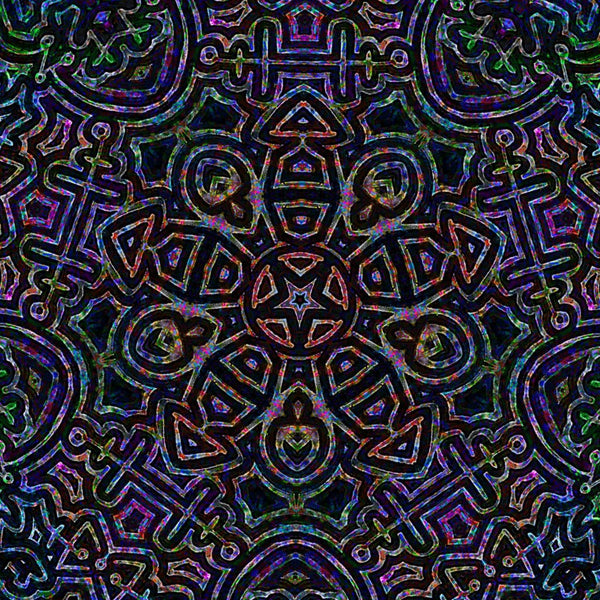Your Cart is Empty
Buy Any 4 Items, Get 15% Off Your Order!
Buy Any 4 Items, Get 15% Off Your Order!
The Japanese Thunder God, Raijin
December 17, 2022

Raijin, the Japanese god of thunder and lightning, is one of the most powerful deities in Japanese mythology. Often depicted with a large Taiko drum and mallet, he summons thunder and lightning with his strikes, controlling storms, wind, and rain. His role as a force of nature evokes both fear and reverence across Japan, symbolizing the untamed aspects of the world.
"The great drums of the heavens resounded through the land, their thunderous beats marking Raijin's fury as he stirred the skies with his mighty mallet." — Ancient Shinto texts
Origins and Cultural Evolution
Raijin’s roots stretch back to Shintoism, Japan’s indigenous belief system. He later evolved to embody aspects of other belief systems, such as Buddhism and Taoism. His status as a guardian or destroyer of the land reflects this multifaceted nature.
“Without Raijin’s storms, the fields would dry, and the rice would fail, for it is he who nourishes the land with life-giving rain.” — Heian-era poetry
In early mythology, Raijin's existence was closely tied to the vital rains that nurtured rice crops, positioning him as a central figure in agriculture and survival.
Dual Nature: Benevolent and Fearsome

Raijin’s dual nature is an enduring theme in Japanese folklore. He can be both a protector and a harbinger of destruction. While he brings rain to feed the crops, his unpredictable storms also embody floods and ruin.
“The wrath of Raijin, like the storm itself, is untamable, for it can bring both bounty and ruin in equal measure.” — Ancient Buddhist scripture
This duality—powerful and life-giving, yet volatile and destructive—makes Raijin a complex figure, revered but also approached with caution.
Seasonal and Symbolic Significance
Raijin’s power is most prominently displayed during Japan's intense summer season. His influence is invoked in times of drought or to prevent destructive floods. Many shrines across Japan feature imagery of Raijin as a way to call upon his protection from natural disasters. His image frequently appears on talismans, used to ward off evil and bring good fortune
“The season of thunder has come. We offer this prayer to Raijin, so his mighty drum may bring balance, not chaos, to the heavens.” — Shinto ritual chant
Raijin in Japanese Art and Tradition

As a central figure in Japanese festivals, Raijin’s likeness is often seen in art, particularly in Edo-era woodblock prints. These depictions emphasize his divine role in controlling the elements and his status as a guardian deity. The art often captures his fierce expression, the Taiko drum, and the swirling storm clouds surrounding him.
“The drumbeat of Raijin echoes not only in the skies but in the hearts of all who witness his power.” — 19th-century Edo artist commentary
Raijin’s Enduring Legacy
The story of Raijin endures through the centuries, representing both the vital and destructive powers of nature. His presence in myth, art, and religious practice has made him one of Japan’s most iconic and revered deities, a reminder of humanity’s connection to the forces of the natural world.
Leave a comment
Comments will be approved before showing up.
Also in Sacred Surreal Blog
newsletter signup
Be the first to know about upcoming sales and promos. Get a 10% discount coupon when you subscribe!
Subscribe
Sign up to get the latest on sales, new releases and more …

Storewide Sale!
Buy any 4 items and get 15% off your total order! For a limited time only.



